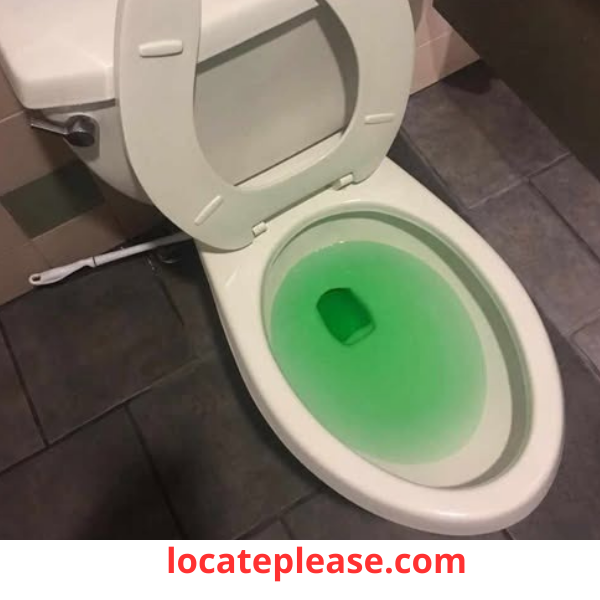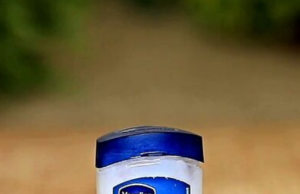A clogged toilet is one of those household inconveniences that can strike at the most inopportune times. While a plunger is often the go-to tool for unclogging, what happens when you don’t have one handy? Fear not—there are several effective methods to unclog a toilet without relying on a plunger. From everyday household items to clever techniques, these solutions will help you tackle the problem quickly and efficiently.
1. Hot Water and Dish Soap Method
This simple yet surprisingly effective method uses heat and lubrication to break down stubborn blockages.
- What You’ll Need: Hot (not boiling) water and liquid dish soap.
- Steps:
- Pour about half a cup of dish soap directly into the toilet bowl. Allow it to sit for 10–15 minutes. The soap acts as a lubricant, helping to loosen debris.
- Slowly pour hot water from waist height into the bowl. Avoid using boiling water, as extreme temperatures can crack porcelain.
- Let gravity do its work as the combination of soap and warm water softens and dislodges the clog.
- Flush the toilet to check if the clog has cleared. If necessary, repeat the process.
2. Baking Soda and Vinegar Combo
The classic baking soda and vinegar duo isn’t just for science experiments—it’s also an excellent natural cleaner and de-clogger.
- What You’ll Need: Baking soda and white vinegar.
- Steps:
- Pour 1 cup of baking soda into the toilet bowl.
- Follow this with 2 cups of white vinegar. The mixture will fizz vigorously, which helps break apart organic material causing the clog.
- Let the solution sit for 30 minutes to an hour.
- Pour hot water into the bowl to flush out the loosened clog. Repeat if needed.
3. Use a Wire Hanger
For more stubborn clogs, a wire hanger can act as a makeshift plumbing snake.
- What You’ll Need: A wire coat hanger and duct tape or rubber gloves.
- Steps:
- Straighten the wire hanger while leaving one end curved to create a hook.
- Wrap the straight end with duct tape to prevent scratching the porcelain.
- Carefully insert the hooked end into the toilet drain. Wiggle it around gently to dislodge any trapped debris.
- Remove the hanger and flush the toilet to see if the clog has been resolved.
4. Salt and Borax Solution
Salt and borax are both abrasive materials that can help dissolve tough clogs.
- What You’ll Need: Table salt and borax (available at grocery stores).
- Steps:
- Mix ¼ cup of table salt with ¼ cup of borax.
- Sprinkle the mixture into the toilet bowl and let it sit for 15–20 minutes.
- Add hot water to the bowl and allow it to sit for another 10 minutes.
- Flush the toilet to clear the clog.
5. Plastic Bottle Pressure Trick
If you’re looking for a quick fix, this innovative trick uses a plastic bottle to simulate the action of a plunger.
- What You’ll Need: A clean, empty plastic bottle (like a soda bottle) and rubber gloves.
- Steps:
- Fill the plastic bottle with warm water.
- Place your thumb over the opening to seal it, then insert the bottle neck into the toilet drain.
- Squeeze the bottle firmly to force water into the pipes. The pressure can help push through minor clogs.
- Repeat as needed until the water drains properly.
6. Epsom Salt and Hot Water
Epsom salt is great for breaking up organic waste due to its crystalline structure.
- What You’ll Need: Epsom salt and hot water.
- Steps:
- Dissolve ½ cup of Epsom salt in a quart of hot water.
- Pour the solution into the toilet bowl and let it sit for 15–20 minutes.
- Flush the toilet to test if the clog has cleared.
7. Enzyme-Based Drain Cleaners
For eco-friendly and safe results, enzyme-based cleaners are a fantastic option. They use natural bacteria to break down organic matter like toilet paper and waste.
- What You’ll Need: An enzyme-based drain cleaner (available at hardware stores).
- Steps:
- Follow the instructions on the product label.
- Typically, you’ll pour the cleaner into the toilet and let it sit overnight.
- Flush the toilet in the morning to check if the clog has dissolved.
8. Gravity-Fed Water Technique
Sometimes, all you need is good old-fashioned physics.
- What You’ll Need: A large bucket or container.
- Steps:
- Fill a bucket with several gallons of water.
- Pour the water directly into the toilet bowl from waist height. The force of the falling water may be enough to dislodge the clog.
- Be cautious not to overflow the bowl; pour slowly at first, then increase speed.
9. Manual Removal (Last Resort)
If none of the above methods work and the clog is severe, you may need to manually remove the obstruction.
- What You’ll Need: Rubber gloves and a pair of tongs or grabber tool.
- Steps:
- Wear rubber gloves to protect your hands.
- Use tongs or a grabber tool to reach into the toilet and pull out any visible debris causing the blockage.
- Dispose of the debris properly and sanitize the area afterward.
Prevention Tips to Avoid Future Clogs
Once you’ve successfully unclogged your toilet, take steps to minimize the chances of future issues:
- Avoid flushing excessive amounts of toilet paper or non-flushable items like wipes, feminine hygiene products, or cotton swabs.
- Consider installing a dual-flush system to control water flow based on waste type.
- Regularly clean your toilet and maintain proper ventilation in your bathroom to reduce moisture buildup.
Unclogging a toilet without a plunger might seem daunting, but with these creative methods, you can handle the situation confidently and effectively. Whether you opt for the simplicity of hot water and dish soap or the ingenuity of a wire hanger, these techniques prove that a little resourcefulness goes a long way. Keep these tips in mind, and you’ll never dread a clogged toilet again!
Remember, prevention is key—practice mindful flushing habits and address minor issues promptly to avoid bigger problems down the line. Happy unclogging!










